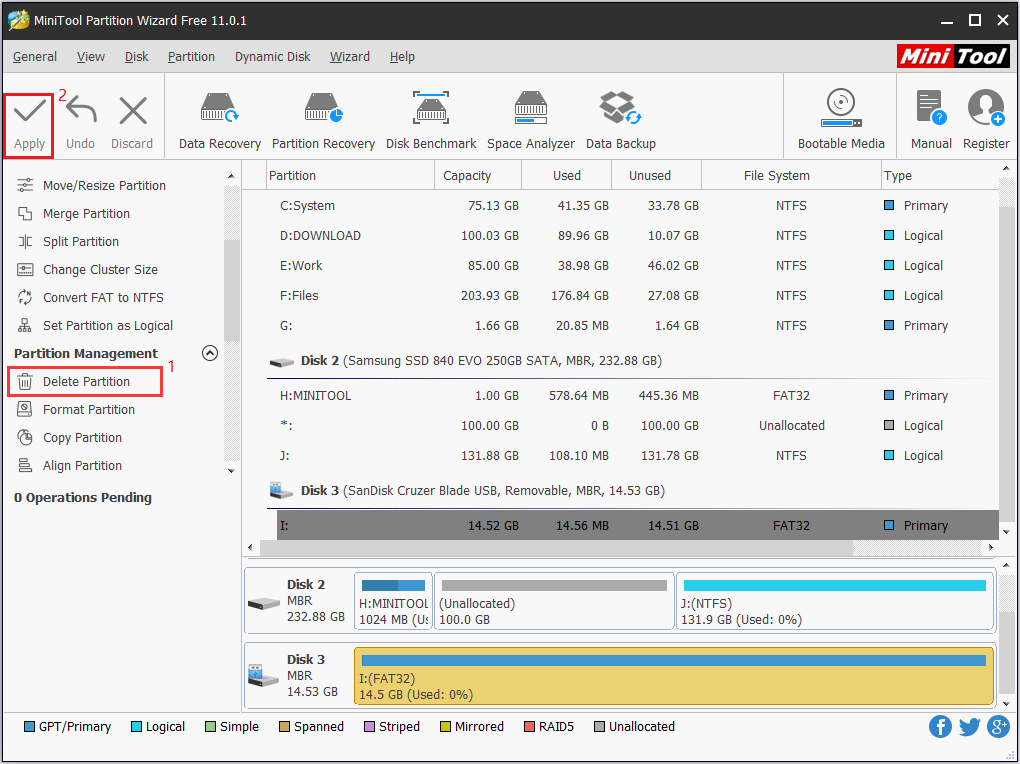
In the Name field, enter the name for the disk image. This is the name that appears in the Finder, where you save the disk image file before opening it. In the Disk Utility app on your Mac, choose File > New Image > Blank Image.Įnter a filename for the disk image, add tags if necessary, then choose where to save it.
Sd image tool install#
You can use this drive to install Windows on multiple Macs, but don’t use it to install Windows on non-Apple PCs.You can create an empty disk image, add data to it, then use it to create disks, CDs, or DVDs. Use your Mac’s Boot Camp tool to start setting things up and it will walk you through creating a bootable Windows installation drive with Apple’s drivers and Boot Camp utilities integrated. If you plan on installing Windows on a Mac via Boot Camp, don’t bother creating a bootable USB drive in the usual way.
Sd image tool how to#
RELATED: How to Install Windows on a Mac With Boot Camp
Sd image tool mac os x#
The Mac OS X drive can be used to install OS X on other Macs or upgrade them to the latest version without any long downloads.

Use Apple’s included “createinstallmedia” tool in a terminal or by run the third-party DiskMaker X tool. You can create a bootable drive with Mac OS X on it by downloading the latest version of OS X from the Mac App Store. RELATED: How to Wipe Your Mac and Reinstall macOS from Scratch Rufus uses FreeDOS, an open-source implementation of DOS that should run whatever DOS program you need to use. If you need to boot into DOS to use a low-level firmware upgrade, BIOS update, or system tool that still requires DOS for some reason, you can use the Rufus tool to create a bootable DOS USB drive. RELATED: How to Create a Bootable DOS USB Drive Be very careful to specify the correct disk path here - if you specify the path to your system drive instead, you’ll write the contents of the image to your operating system drive and corrupt it Replace /home/user/file.img with the path to the IMG file on your file system and /dev/sdX with the path to your USB or SD card device. Sudo dd if=/home/user/file.img of=/dev/sdX bs=1M

You can see a full step-by-step guide here. Run the tool, select your desired distribution, browse to your downloaded ISO file, and choose the USB drive you want to use.

There are many tools that can do this job for you, but we recommend a free program called Rufus-it’s faster and more reliable than many of the other tools you’ll see recommended, including UNetbootin.ĭownload the Linux distribution you want to use in.

RELATED: How to Create a Bootable Linux USB Flash Drive, the Easy Way RELATED: How to do a Clean Install of Windows 10 the Easy WayĪlternatively, if you’re installing Windows 10, you can download an ISO or burn Windows 10 installation media directly using Microsoft’s Media Creation Tool. Provide the ISO file and a USB flash drive and the tool will create a bootable drive. If you don’t have one, you can download Windows 10, 8, or 7 installation media for free - you’ll need a legitimate product key to use them, though. You’ll need a Windows installer ISO file to run this tool. Use Microsoft’s own Windows USB/DVD download tool to create a bootable drive you can install Windows from. RELATED: Where to Download Windows 10, 8.1, and 7 ISOs Legally And if your desktop computer doesn’t support USB 3.0 you can always upgrade it to add support. Don’t worry about compatibility, these faster drives are fully compatible with an old USB 2.0 system, you just won’t get the speed boosts.


 0 kommentar(er)
0 kommentar(er)
